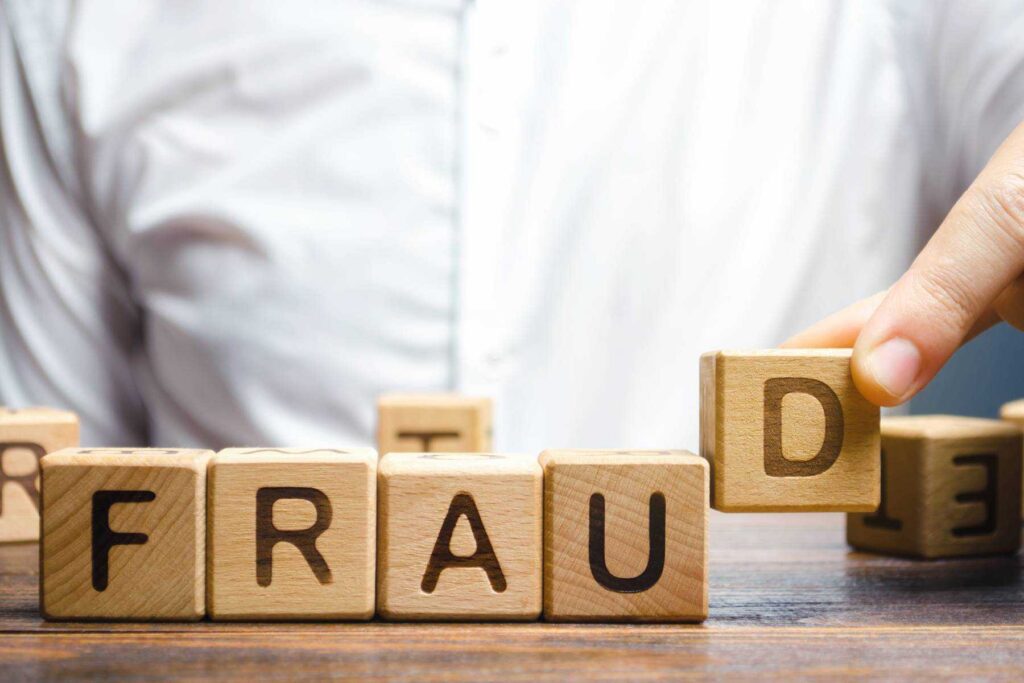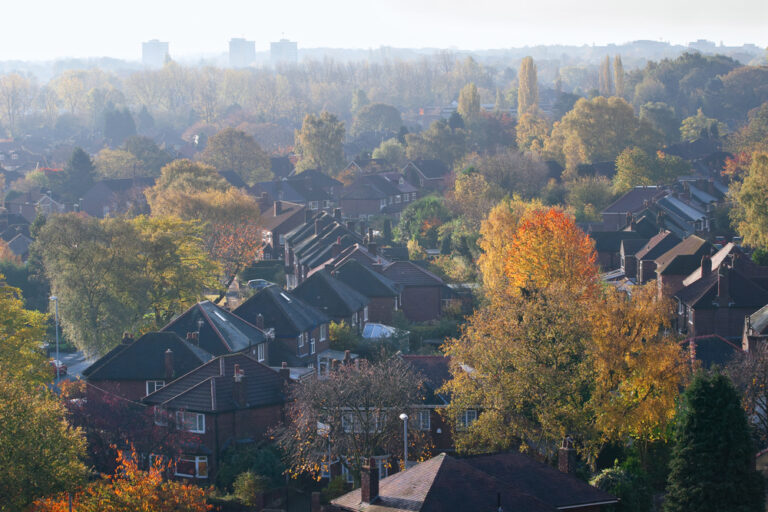Housing fraud comes in many different forms and can affect landlords, tenants and local authorities.
Here, we’ll explain the different types of housing fraud and how to spot if someone is breaking the law…
What is housing fraud?
There are several different kinds of housing fraud, but all involve deception of some kind to either live in a property or make money illegally from one.
1. Council housing fraud
The most common type of council housing fraud involves:
• A tenant not telling the truth when applying for a council property, for example claiming to have children when they do not
• Sub-letting a council property without permission of the local authority
• Living in a council property without permission after someone has died
• Selling the keys to a property to someone who doesn’t have the right to live there
• A tenant providing false information when applying to buy their council property
2. Private illegal sub-letting
Sub-letting is where a tenant lets either a room or their whole rental property to another tenant.
The tenant continues to pay rent to their landlord but they also receive a rent payment from their ‘sub-tenant’ for the space they occupy.
Sub-letting usually occurs when tenants move away for a period of time, for instance a few months, and a sub-tenant covers their rent.
Or a tenant may need help paying their rent, so they sub-let a room to a sub-tenant.
If a tenant sub-lets a property, or a room, to another tenant without their landlord’s permission, that would be classed as illegal subletting.
Is sub-letting illegal?
Sub-letting is illegal if a tenant’s landlord, or local authority in the case of council housing, hasn’t given permission.
If a tenancy agreement has a clause that stipulates no sub-letting is allowed, any tenant who does sub-let would be in breach of that agreement could be evicted.
However, some tenancy agreements may say that sub-letting is permitted, or could be permitted with the landlord’s agreement, in which case doing so would be perfectly legal.
How to spot if a tenant is illegally sub-letting
Most cases of housing fraud and illegal sub-letting rely on someone reporting the problem to a landlord, letting agent or local authority.
There are, however, several tell-tell signs that a tenant could be illegally sub-letting, including:
• Lots of people coming and going from a property
• A tenant refusing a landlord, letting agent or local authority access to their property
• A key lock box has been installed outside the property, which could indicate the property is being sub-let to multiple people
• Excessive damage to the property that suggests more people are living in it than should be
• The tenant is hard to contact, or dismissive
• Additional belongings or bedding in the property
What happens if you are caught illegally sub-letting?
If you’re caught illegally sub-letting space in a council property, you could be evicted and prosecuted.
There’s no maximum fine for illegal sub-letting of social housing, while a maximum prison sentence of six months can be imposed by a magistrate and a sentence of up to two years by a Crown Court judge.
Anyone found guilty of illegal sub-letting of social housing could be handed an illegal profit order, too, which would require them to pay their landlord any profit they made from the sub-letting.
How landlords can reduce the chances of illegal sub-letting
Of course, private landlords can’t ever guarantee that a tenant won’t illegally sub-let, but there are steps they can take to mitigate the chances, including:
• Undertaking thorough tenant referencing
• Making checks, seeking previous landlord references, and meeting potential tenants
• Performing regular property inspections
• Building a good relationship with all tenants
• Having a clear and legally-sound tenancy agreement
• Using a letting agent’s management services
Further reading…
• Everything you need to know about Assured Shorthold Tenancies
• The benefits of renting through a letting agent







